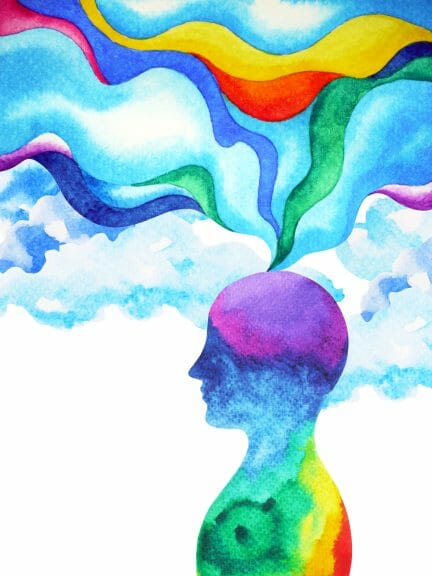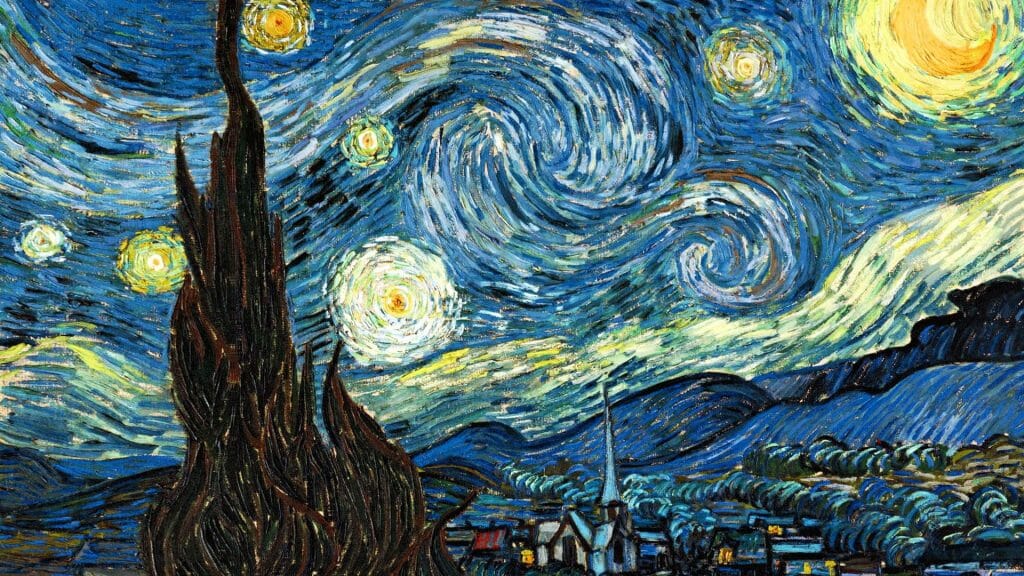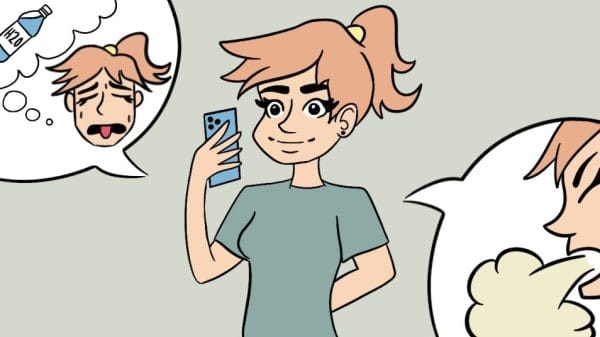In a world where stress, anxiety, and emotional turmoil have become all too common, finding effective means of healing and self-expression has never been more crucial. While traditional therapy has long been trusted, there is a lesser-known yet immensely powerful approach that taps into the depths of human creativity: art therapy.
A Versatile and Personalized Form of Therapy
Beyond the realm of aesthetics, art therapy has emerged as a potent tool for self-discovery, healing, and personal growth. It is not limited to the realm of artists or creative individuals alone. With its ability to bypass language barriers and reach the core of our emotions, art therapy has the potential to touch the lives of every person, regardless of age, background, or artistic skill.
Therefore, art therapy is a very versatile form of therapy. It can be adapted to meet the unique needs of each individual. Essentially, it provides a safe and supportive environment for people to explore their thoughts, feelings, and emotions. Based on the individual’s preferences, a variety of media such as paint, collage, or sculpture can be used. It can be used in group settings, allowing people to connect with others and build a sense of community.
Most importantly, art therapy allows individuals to explore their thoughts and emotions in a safe and supportive environment. The act of creating art can be a cathartic and healing experience, providing a sense of release and allowing individuals to process complex emotions. Through the use of color, shape, and texture, individuals can express themselves in a way that may be difficult to do through words alone.

The Role of Art Therapy in Building Coping Strategies
Art therapy helps individuals develop new coping strategies and build resilience. Through the creation of art, one learns how to regulate emotions and manage stress in a healthy manner. Furthermore, it is an extremely fun and enjoyable activity, making it a great way to unwind and relieve stress. Above all, the creative process provides a sense of accomplishment to the individual. Eventually, this helps boost self-esteem and fosters a more positive outlook on life.
The American Art Therapy Association has extensively used art therapy to help individuals facing challenges across diverse scenarios such as children in hospitals, autistic children, individuals with eating disorders, the LGBTQIA community, prisoners, military service members and veterans, and more. The association believes that art therapy helps people improve their cognitive and sensory-motor functions, improve self-awareness, enhance insightfulness and social skills, and reduce distress.
Studies have shown that art therapy can be particularly effective for individuals who have experienced trauma. Trauma can be a complex issue to address through traditional talk therapy. Individuals often find it difficult to verbalize their experiences. Art therapy, therefore, has proven to be a safe road to recovery for those affected by any form of trauma.
The Transformative Power of Art
Quite famously, renowned artist Pablo Picasso went through a period of profound emotional turmoil in the early 20th Century. This was due to the dissolution of his long-term relationship and the tragic suicide of a close friend. It was then that he channelled his pain and inner turmoil into artwork — using the canvas as a cathartic outlet for his emotions. Picasso’s example illustrates the transformative power of art as a means of preserving mental well-being.
Ultimately, art became Picasso’s refuge. It was a sanctuary where he could confront his emotions, grapple with his thoughts, and regain a sense of equilibrium. The act of creation provided him with a sense of purpose and a connection to something greater than himself. It became his lifeline, allowing him to navigate the complexities of his existence and find moments of tranquillity amidst the chaos. Through his art, he could process his emotions, find meaning in the face of adversity, and ultimately, maintain sanity.

In conclusion, art therapy is a powerful and versatile form of therapy that can benefit everyone. It is a safe and supportive environment for individuals to explore their emotions, develop new coping strategies, and build resilience. Whether you’re struggling with mental health concerns or simply looking for a creative outlet, art therapy is a great way to promote overall well-being and improve your quality of life. So, why not give it a try and see how it can enhance your life? With art therapy, the possibilities for healing and personal growth are endless.














